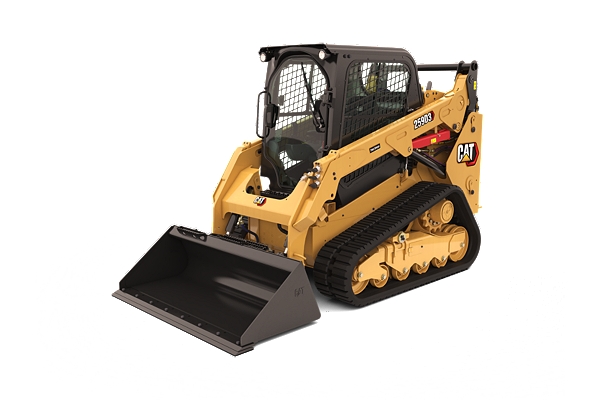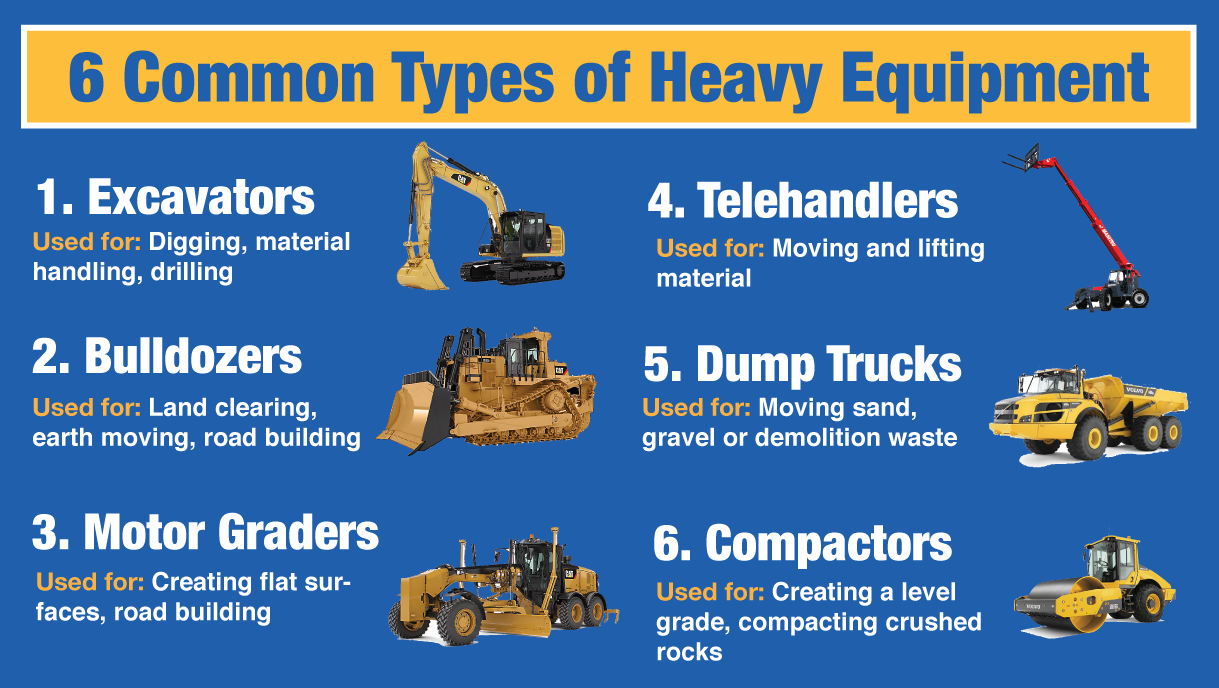Heavy Equipment Rental: High-Quality Machinery for Lease
Heavy Equipment Rental: High-Quality Machinery for Lease
Blog Article
Renting Out Vs. Buying Building And Construction Equipment: Making the Right Choice for Your Task
When beginning on a building job, one of the crucial choices that predict stakeholders and managers deal with is whether to rent or acquire construction tools. The choice pivots on different factors such as cost factors to consider, task duration, tools upkeep, scalability, risk, and flexibility management.
Expense Factors To Consider
When reviewing the financial element of renting versus getting building and construction tools, the long-lasting expenditures and upfront costs need to be meticulously taken into consideration. Renting out devices commonly calls for reduced initial repayments compared to buying, making it an attractive choice for short-term tasks or contractors with budget restrictions. Renting out removes the demand for large capital investments and lowers the financial threat connected with tools ownership, such as maintenance and devaluation expenses. However, over time, continually leasing tools can collect higher prices than purchasing, especially for prolonged jobs.
On the other hand, getting building and construction tools entails higher ahead of time expenses however can result in long-lasting cost savings, specifically for lasting tasks or regular customers. Ultimately, the decision between purchasing and renting out building and construction equipment hinges on the job's duration, frequency of use, spending plan considerations, and long-term economic objectives.
Job Period

Alternatively, for long-lasting projects or ongoing construction job, purchasing tools can be the extra economical option. Buying tools can result in cost savings in the future, especially if the equipment will certainly be regularly made use of. Additionally, having tools supplies a sense of control over its schedule and enables modification to fit specific project requirements.

Equipment Upkeep
Offered the critical duty job duration plays in figuring out the most cost-efficient technique in between acquiring and renting out building and construction equipment, the emphasis now moves in the direction of examining the important aspect of devices maintenance. On the other hand, possessing devices calls for a proactive strategy to maintenance to protect against failures, make certain security, and prolong the tools's life expectancy. Eventually, a well-maintained construction tools fleet, whether rented out or possessed, is necessary for the successful and efficient completion of building and construction tasks.
Versatility and Scalability
In the realm of building and construction equipment monitoring, the element of adaptability and scalability holds considerable value for project effectiveness and resource use. Opting to rent out construction tools provides a high level of versatility as it permits for the fast adjustment of equipment kinds and quantities based on the advancing demands of a task.
Leasing construction devices provides the benefit of conveniently scaling operations up or down as job demands reach trucks rise and fall. Specialists can rapidly add or trade devices to match the task's altering requirements without the restrictions of owning assets that might come to be underutilized or outdated.
Threat Management
Reliable danger monitoring in construction devices procedures is vital to making sure project success and mitigating prospective monetary losses. Building and construction projects naturally involve numerous dangers, such as devices malfunctions, accidents, and project delays, which can considerably impact the task timeline and budget plan. By thoroughly taking into consideration the risks related to owning or renting building and construction equipment, project supervisors can make enlightened choices to decrease these possible risks.
Leasing building devices can supply a level of danger mitigation by transferring the duty of repair and maintenance to the rental firm. This can minimize the economic concern on the task proprietor in situation of unanticipated equipment failures (forklift rental). Additionally, renting provides the flexibility to gain access to customized equipment for certain task stages, decreasing the danger of owning underutilized machinery
On the other hand, having building devices offers a feeling of control over its usage and upkeep. Nonetheless, this additionally implies bearing the complete duty for repair services, maintenance expenses, and devaluation, raising the financial dangers related to devices ownership. Careful risk assessment and consideration of aspects such as task period, devices application, and upkeep needs like this are essential in establishing the most appropriate alternative for efficient risk monitoring in building and construction tasks.
Final Thought
In conclusion, when determining in between acquiring and renting out construction tools, it is very important to take into consideration price, job period, tools upkeep, threat, adaptability, and scalability administration. Each variable plays an essential duty in establishing the most appropriate choice for the task handy. By meticulously assessing these aspects, task supervisors can make an informed choice that aligns with their budget plan, timeline, and general task goals.

Report this page